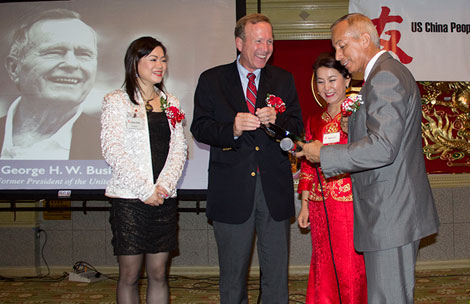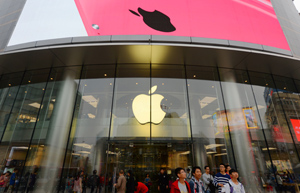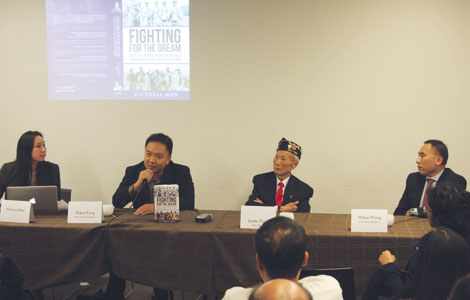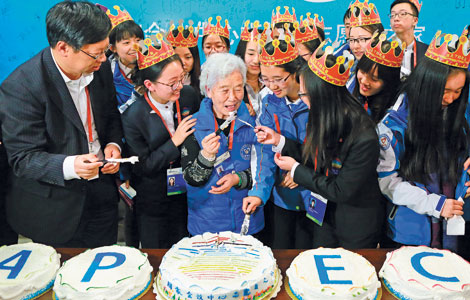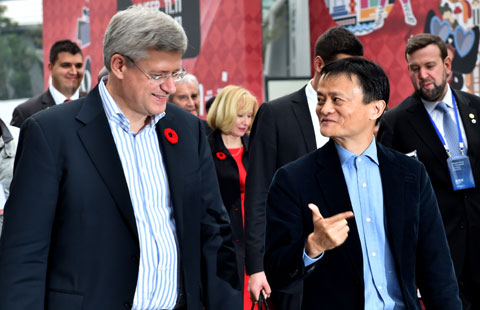Bund loses luster as luxury retailers leave
Updated: 2014-11-08 10:17
By Wu Yiyao(China Daily)
|
||||||||
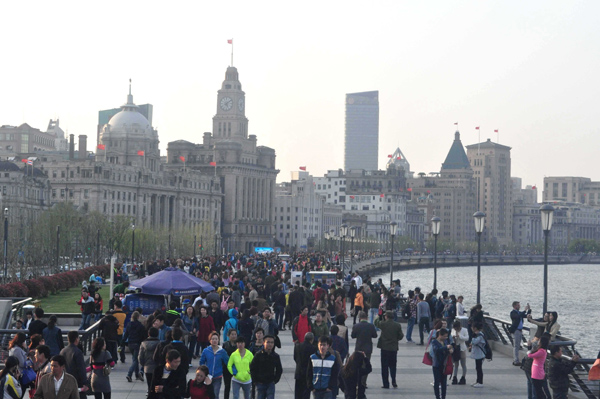 |
|
The Bund packed with tourists in Shanghai. The city's authorities said planning for the Bund and areas stretching along the Huangpu River within the district will provide more public spaces. [Photo provided to China Daily] |
Analysts: Restructuring of commercial landscape can revive historic zone
The Bund, one of Shanghai's most chic and high-end shopping areas, needs to recover from losing several luxury brand tenants in recent years by restructuring its commercial landscape, according to a new report by DTZ.
The property services provider said that as of the third quarter, "more than a handful" of such brands had left the Bund for other shopping centers or major shopping streets.
While average rents climb, the sales revenue of these brands may not be climbing as fast, which may be a major reason for departures from the Bund, said analysts. The report said the average daily rent at premier retail locations in the third quarter was 63.3 yuan ($10.30) per square meter, up 1.13 percent quarter-on-quarter.
However, as most of the visitors to the Bund are tourists who may not shop in the luxury stores, the sales performance of outlets there may not be acceptable to the retailers, said Du Bin, who heads the service department at RET, a commercial property company.
The Bund needs to restructure to win its target consumers back, the DTZ report said.
While some retailers have withdrawn from the Bund, others are looking at opportunities to open stores there. High-end brands, which may focus on lifestyle instead of fashion, may appear on the Bund in the near future, the report said.
DTZ said that about 63 percent of visitors to the Bund are tourists from all across the country, while local residents account for only 8 percent. Some 18 percent are office workers in nearby financial institutions and 4 percent are guests at neighborhood hotels.
As for the tenants, some 51 percent are high-end retailers, while catering services account for only 12 percent.
"If we look at these figures, we can see that supply and demand are somewhat mismatched at the Bund," said Fan Hongjuan, head of retail services at DTZ East China.
Tourists have few suitable places to take a break at the Bund, and usually they do not have time to visit the retailers. What they want to see is not found at the Bund, said Fan.
The Bund could improve its public facilities such as parking lots and open spaces like Rodeo Drive in Los Angeles and Clark Quay in Singapore did to attract consumers back, said Fan.
At Clark Quay, about 30 percent of its tenants were restaurants and 40 percent were retailers before a renovation in 2004. After the renovation, only 5 percent of the tenants were retailers, while food and beverage outlets increased to 45 percent. Foot traffic went up by about five times.
Shanghai authorities said planning for the Bund and areas stretching along the Huangpu River within the district will provide more public spaces.
The south part of the Bund will emerge as a new financial and commercial hub, which will be both a riverside space with a cultural heritage and a new landmark, said Zhou Wei, head of Huangpu district.
|
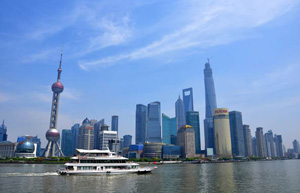 |
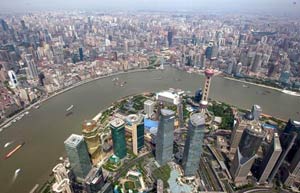 |
| Shanghai steps up in financial ranking | New strategy for China's big cities |
Most Viewed
Editor's Picks

|

|

|

|

|

|
Today's Top News
China to face trade challenges in 2015: MOC
China, Canada ink currency swap deal
China, Tajikistan pledge economic cooperation
APEC ministers adopt FTAAP Beijing Roadmap
New York City home to only 2m rats
Xi backs Tajikistan's link plan
Bund loses luster as luxury retailers leave
Apple hits back at malware in China
US Weekly

|

|
